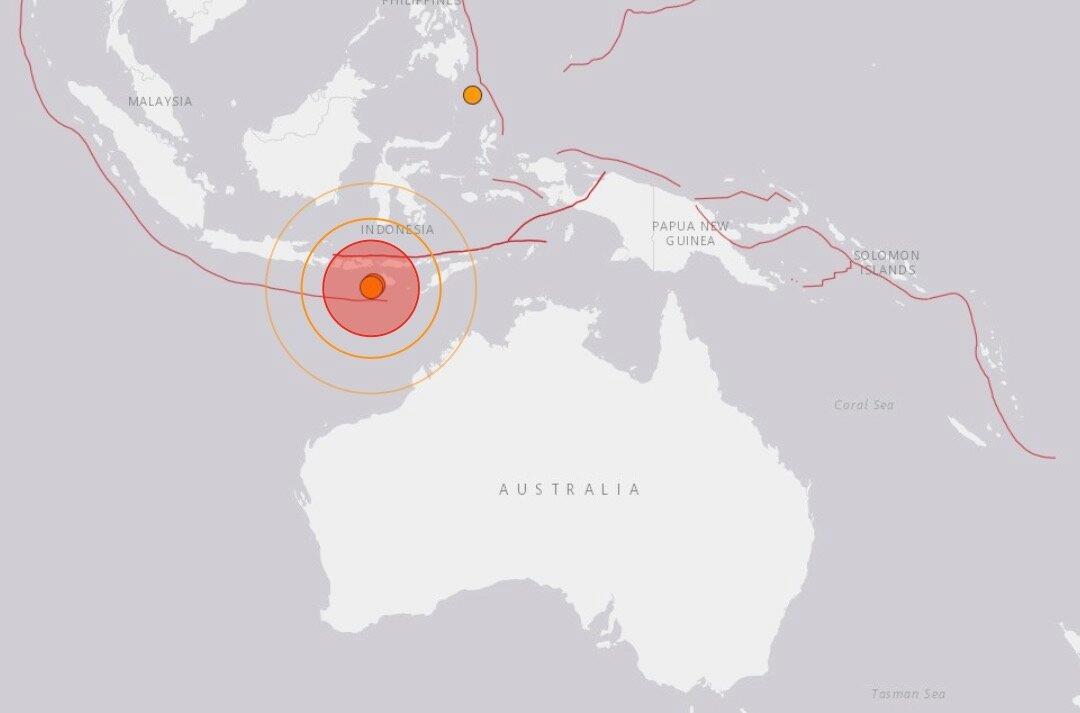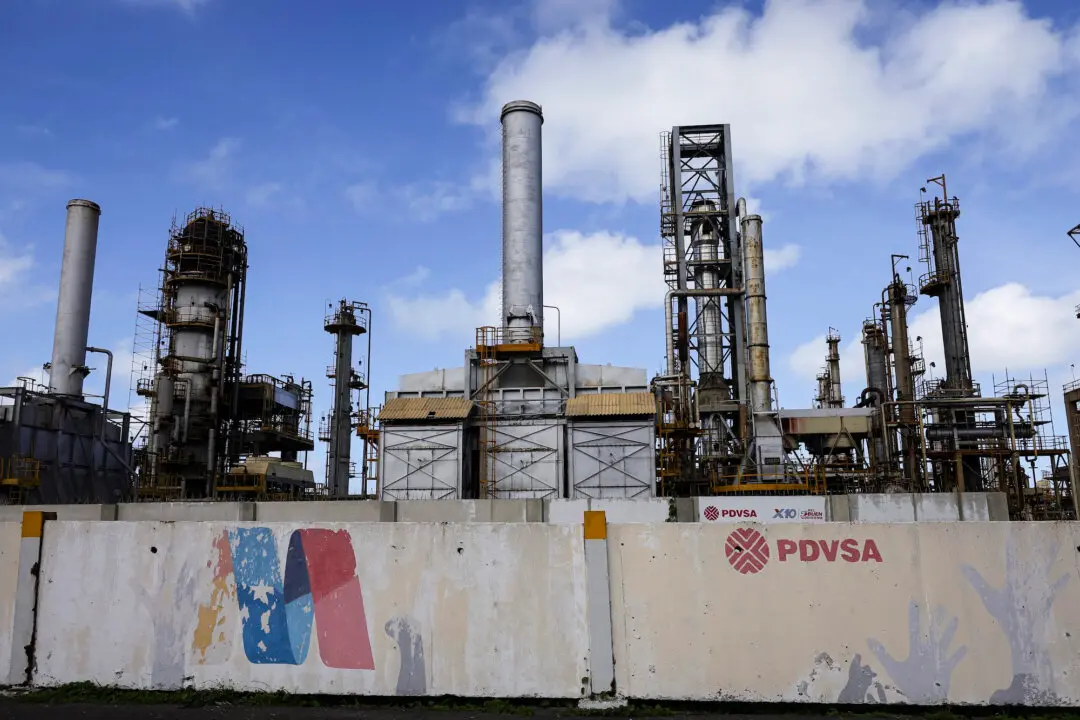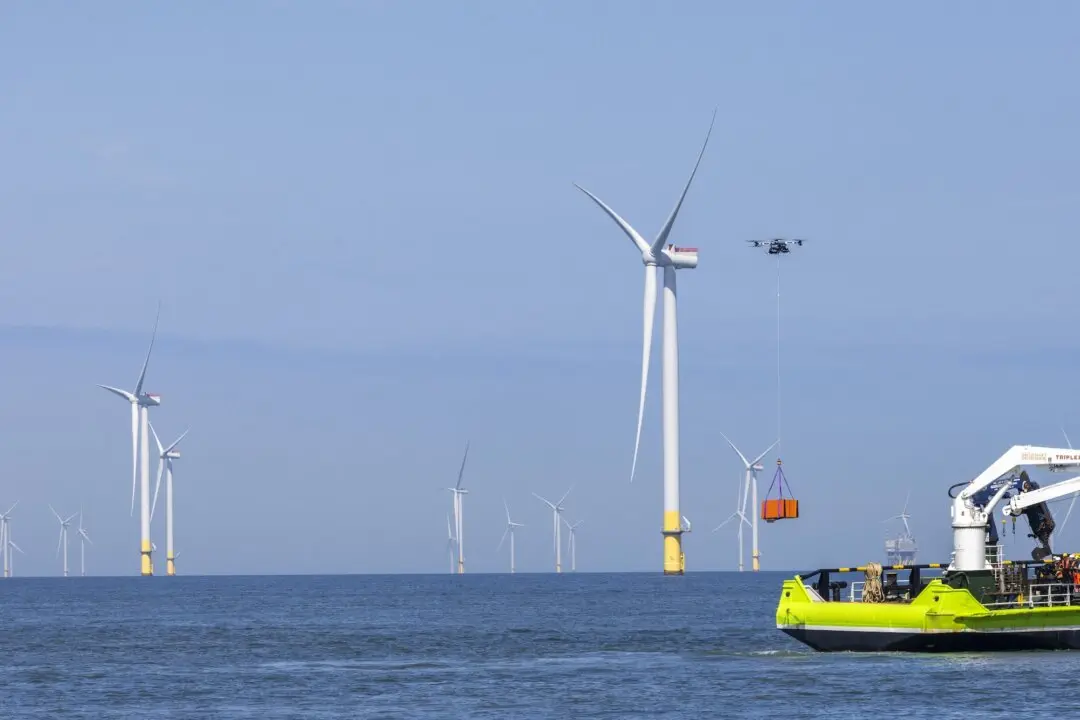Five earthquakes struck Indonesia’s southern waters in the span of just five hours on Jan. 22, recalling the horror of a Christmas Day tsunami that pounded the country’s shores and left hundreds dead.
There was no immediate tsunami warning or reports of damage or casualties from the quakes, the worst of which registered 6.4 on the Richter scale. It hit at a depth of 22 miles, and at a distance of about 143 miles south of Raba in the east of the island of Sumbawa, which forms part of West Nusa Tenggara province, according to the U.S. Geological Survey.





